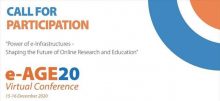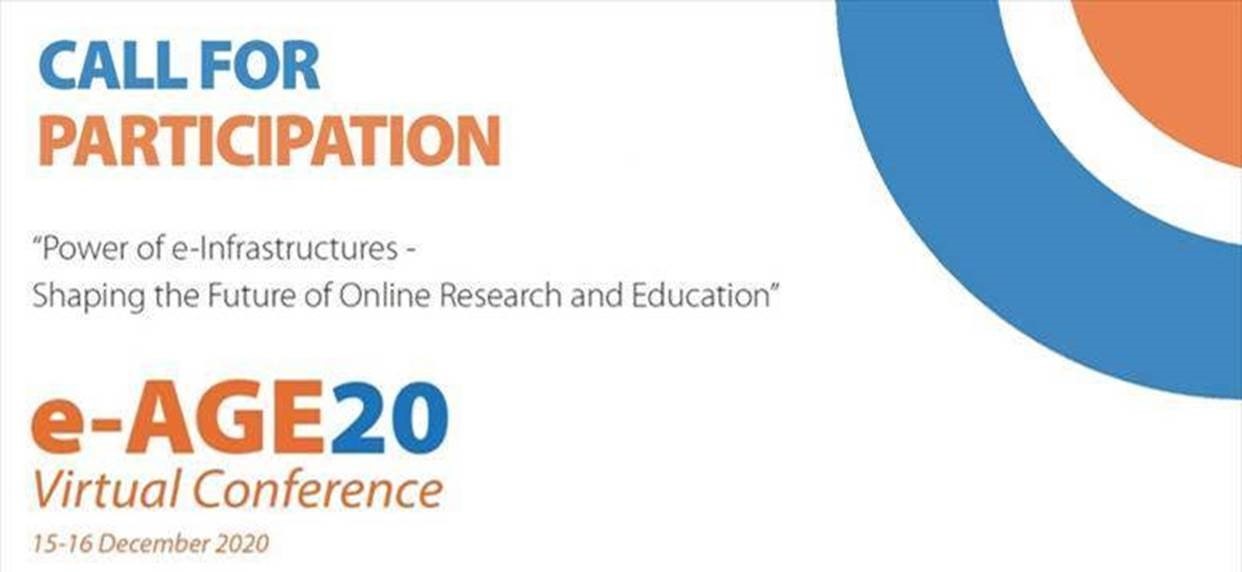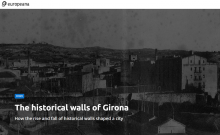CitizenHeritage, funded within the Erasmus+ programme of European Commission, takes the Citizen Science approach to the world of cultural heritage, where the digital realm creates new opportunities to reach out to broader audiences and facilitate community building.
The project encourages Citizen Science in cultural heritage through the application of crowdsourcing and co-creation tools leveraging open digital collections of European heritage. CitizenHeritage includes three universities (KU Leuven, National Technical University of Athens and Erasmus Universiteit Rotterdam), two Europeana domain aggregators (Photoconsortium and European Fashion Heritage Association) and one specialized SME (Web2Learn).
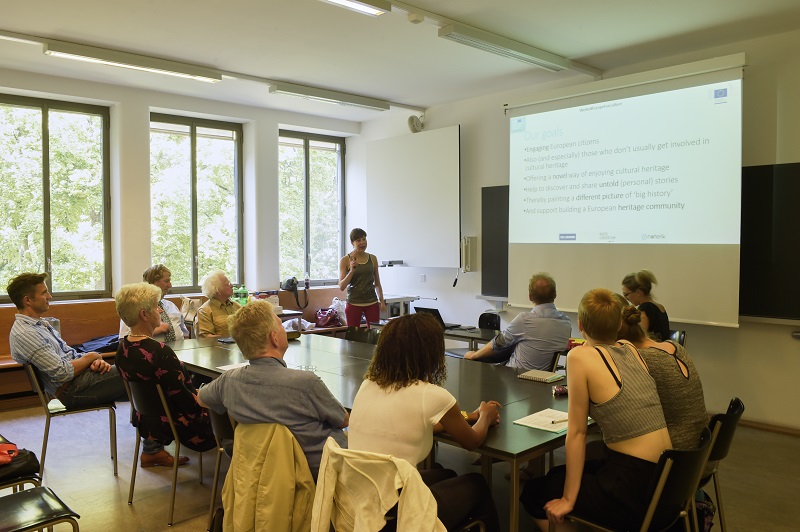
image courtesy Digital Humanities Lab – University of Basel
The project will deliver a full cycle of Citizen Science activities across two years (2021-2023), that will allow citizens to contribute both on a short and middle to long-term period to participate in higher education and scientific open access outputs. The activities will be coordinated by the universities through their scientific networks and integrated with the university training of students.
These events are planned online for 2021 but hopefully in physical venues later, if that will be possible according to the development of covid-19 situation in Europe. The events are realized in collaboration with a network of European partners, and comprise:
- workshops to enable citizen participation and citizen science activities with digital cultural heritage collections
- seminars and outreach events to disseminate the project’s methodology, resources, tools and results and enable further replication and uptake by others, thus multiplying the project’s impactto a larger community of stakeholders
Discover more about the project and events: https://www.citizenheritage.eu/
Sign up to the CitizenHeritage newletter to stay in contact: https://www.citizenheritage.eu/contact/


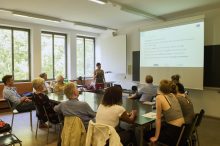

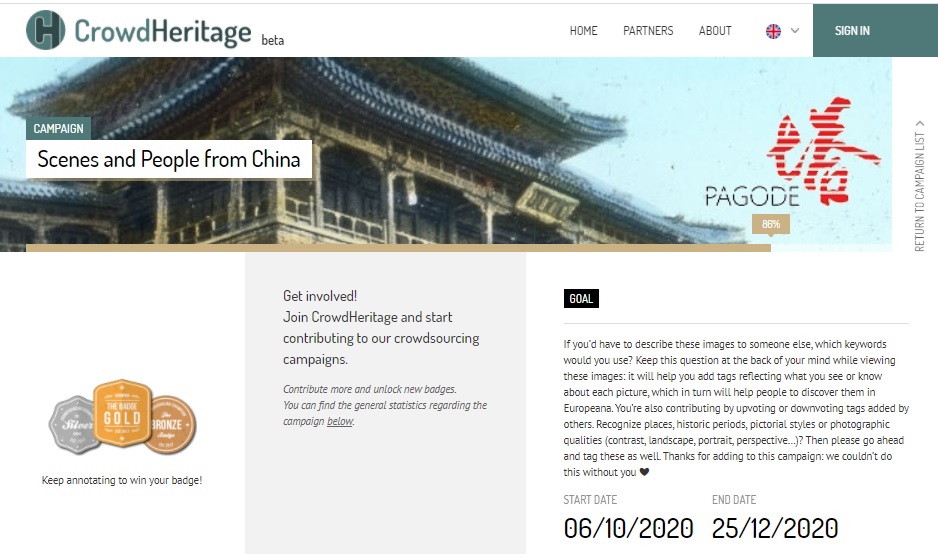
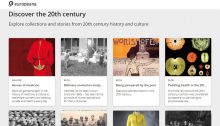
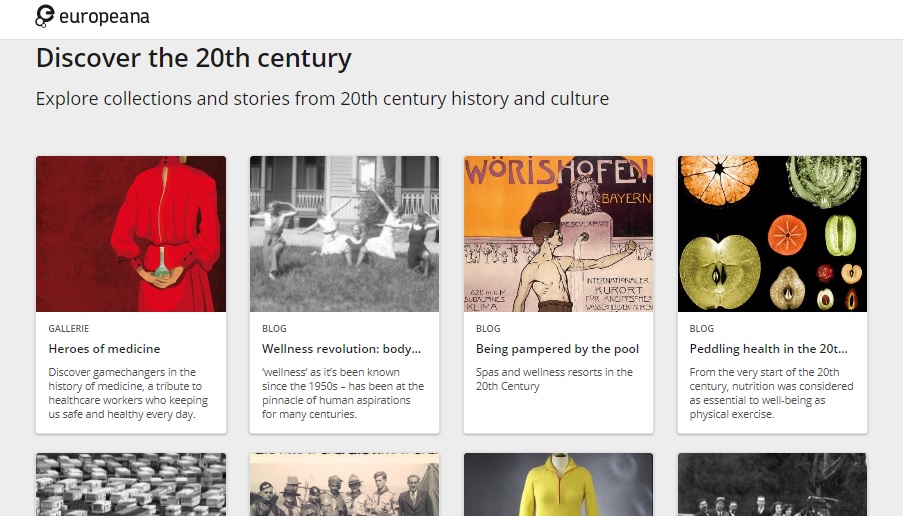
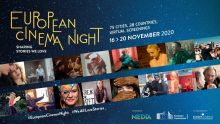
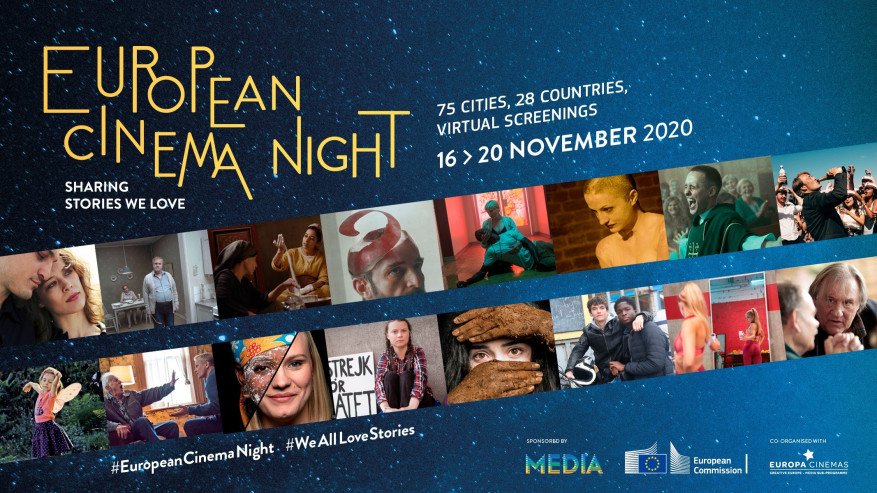


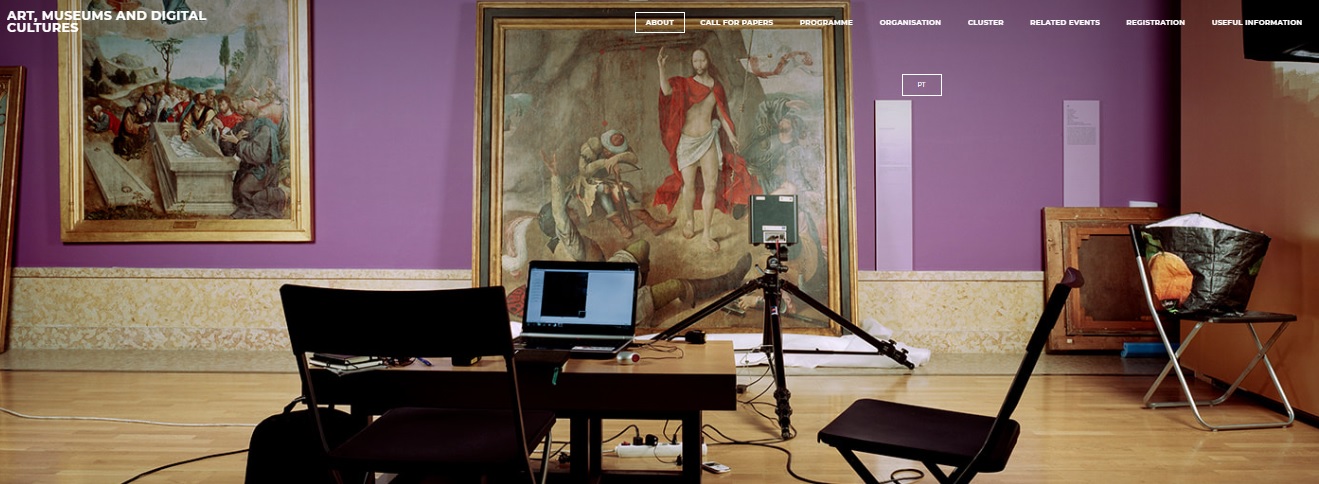 The International Conference on Art, Museums and Digital Cultures will bring together different scientific and creative perspectives on the crossovers between information technologies and the arts. How are museums, curators and the artists themselves responding to the opportunities, but also the risks, of the so-called “digital transformation”?
The International Conference on Art, Museums and Digital Cultures will bring together different scientific and creative perspectives on the crossovers between information technologies and the arts. How are museums, curators and the artists themselves responding to the opportunities, but also the risks, of the so-called “digital transformation”?
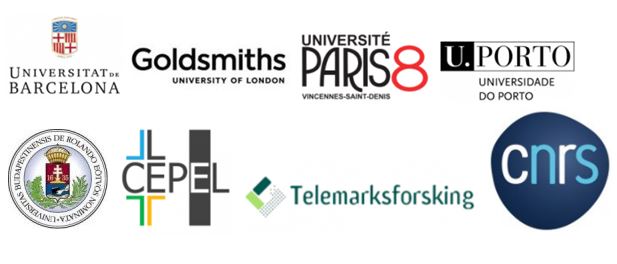 Work package 1 of the UNCHARTED project, leaded by the University of Barcelona, is devoted to the analysis of the configuration of the values of culture.
Work package 1 of the UNCHARTED project, leaded by the University of Barcelona, is devoted to the analysis of the configuration of the values of culture.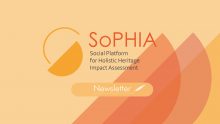
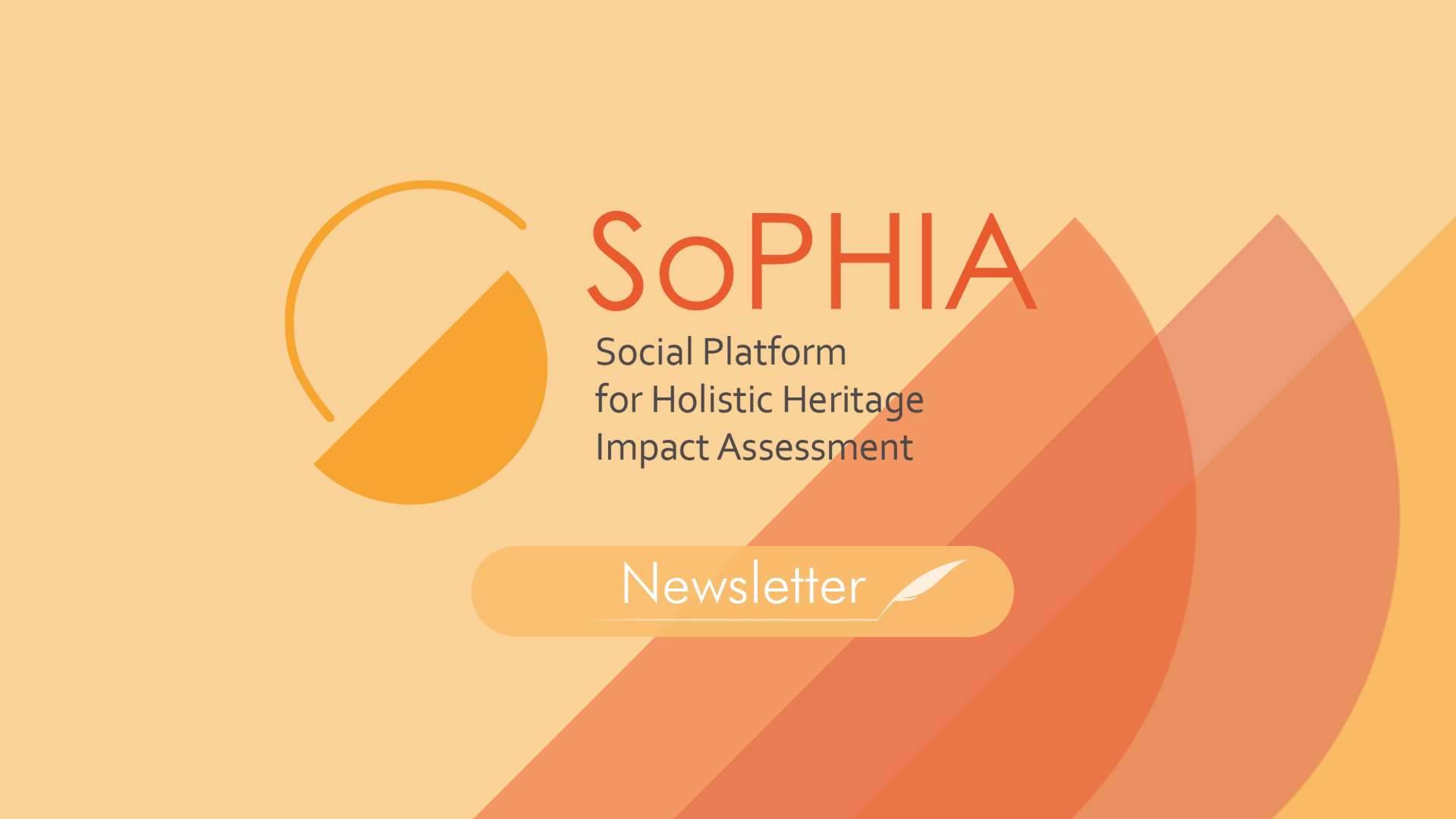 SOPHIA “Social Platform for Holistic Impact Heritage Assessment” aims to promote collective reflection within the cultural and political sector in Europe on the impact assessment and quality of interventions in European historical environment and cultural heritage at urban level.
SOPHIA “Social Platform for Holistic Impact Heritage Assessment” aims to promote collective reflection within the cultural and political sector in Europe on the impact assessment and quality of interventions in European historical environment and cultural heritage at urban level.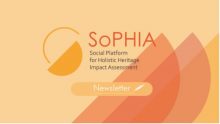
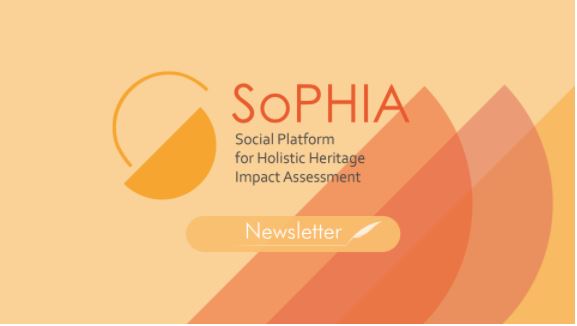 This first edition of the SOPHIA project Newsletter “Cultural Heritage and Impact Assessment” provides a general overview of the mission and challenges of the social platform. It invites to reflect on the importance to assess and evaluate projects dealing with cultural heritage by adopting an holistic point of view.
This first edition of the SOPHIA project Newsletter “Cultural Heritage and Impact Assessment” provides a general overview of the mission and challenges of the social platform. It invites to reflect on the importance to assess and evaluate projects dealing with cultural heritage by adopting an holistic point of view.